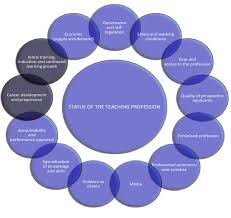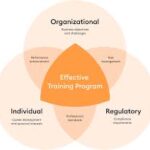The first step in successfully implementing continuing education is to determine the training needs. This process involves several key steps:
-
Determining the Job Requirements
The initial step is to define the skills and qualifications required for the employee to perform their core job functions. These can include specific technical knowledge, work quality, resilience, persuasion skills, cost awareness, initiative, goal-setting abilities, delegation skills, and motivation. -
Determining the Employee’s Qualifications
Assessing the current qualifications of employees helps identify gaps in their skills relative to job demands. -
Determining Employee Interests
Understanding employees’ personal interests and career goals can help tailor training programs that enhance motivation and engagement. -
Determining the Training Needs
Once the job requirements and employee qualifications are assessed, the actual training needs are identified. This ensures that educational programs are aligned with both the organizational goals and employees’ professional growth.
If no significant changes are expected in the job tasks, an existing job description can serve as a foundation for determining the required qualifications. However, if the job tasks are expected to evolve, the previous job description or requirement profile may no longer be relevant, requiring the creation of a new profile to address future needs.
« Back to Glossary Index






